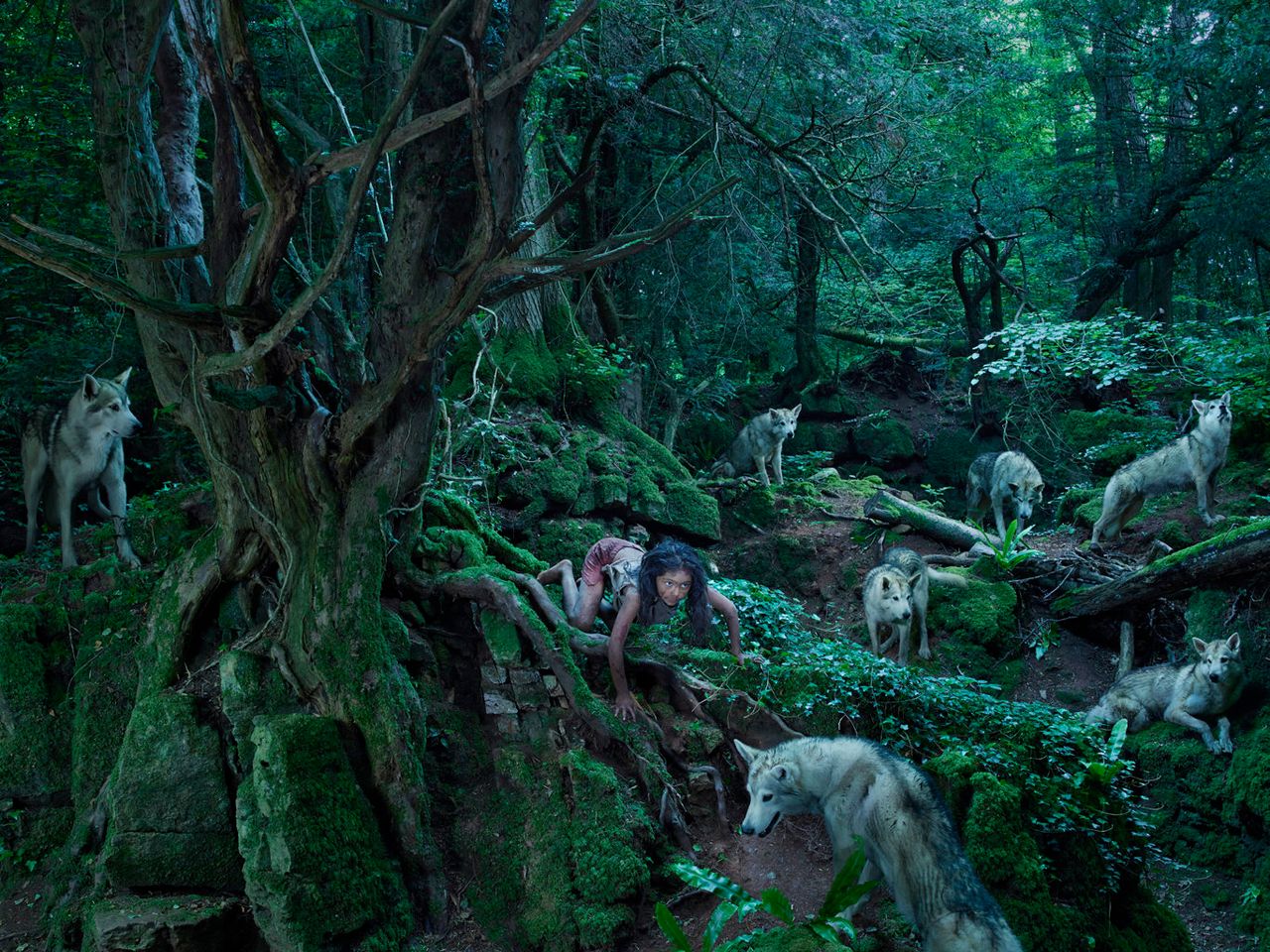In 1845, so the legend goes, an unclothed girl was spotted running on all fours through the wilderness near Del Rio, Texas, appearing barely human. Joined by a pack of wolves, the young girl allegedly attacked a herd of goats. The tale, though often ridiculed, spread like wildfire, and before long a group of Mexican vaqueros teamed up to hunt for the mythical Lobo Wolf Girl.
On the third day of searching, the group supposedly captured the young girl by Espantosa Lake, surrounded by wolves. She was captured but soon escaped, tearing planks off a boarded-up window and escaping without a trace into the night. In 1852, she was said to be spotted for the final time, suckling two wolf cubs. After that, she was never seen or heard from again.
Stories like this, hovering in an area closer to fiction than truth, reappear throughout history, popping up in different spots around the globe for centuries. Every story is unique yet familiar -- a child, lost or neglected, takes up in the wild with the creatures residing there, adapting to their characteristics and modes of survival, slowly melting into their species. Instances of such feral children have been reported from 1845 to 2008, in habitats ranging from Cambodia to Russia to the United States.
Around two years ago, photographer Julia Fullerton-Batten encountered one such tale in the book The Girl with No Name. "The book tells the story of Marina Chapman, who as a 5-year old was kidnapped from her home and then left completely alone in a jungle in Colombia," Fullerton-Batten explained to The Huffington Post. "She survived for five years by co-existing with a band of capuchin monkeys, living a completely feral existence, before being ‘rescued’ and experiencing other misadventures."
The riveting story inspired the photographer to investigate further, digging up unbelievable tales of children in the wild, without language, culture, human contact.
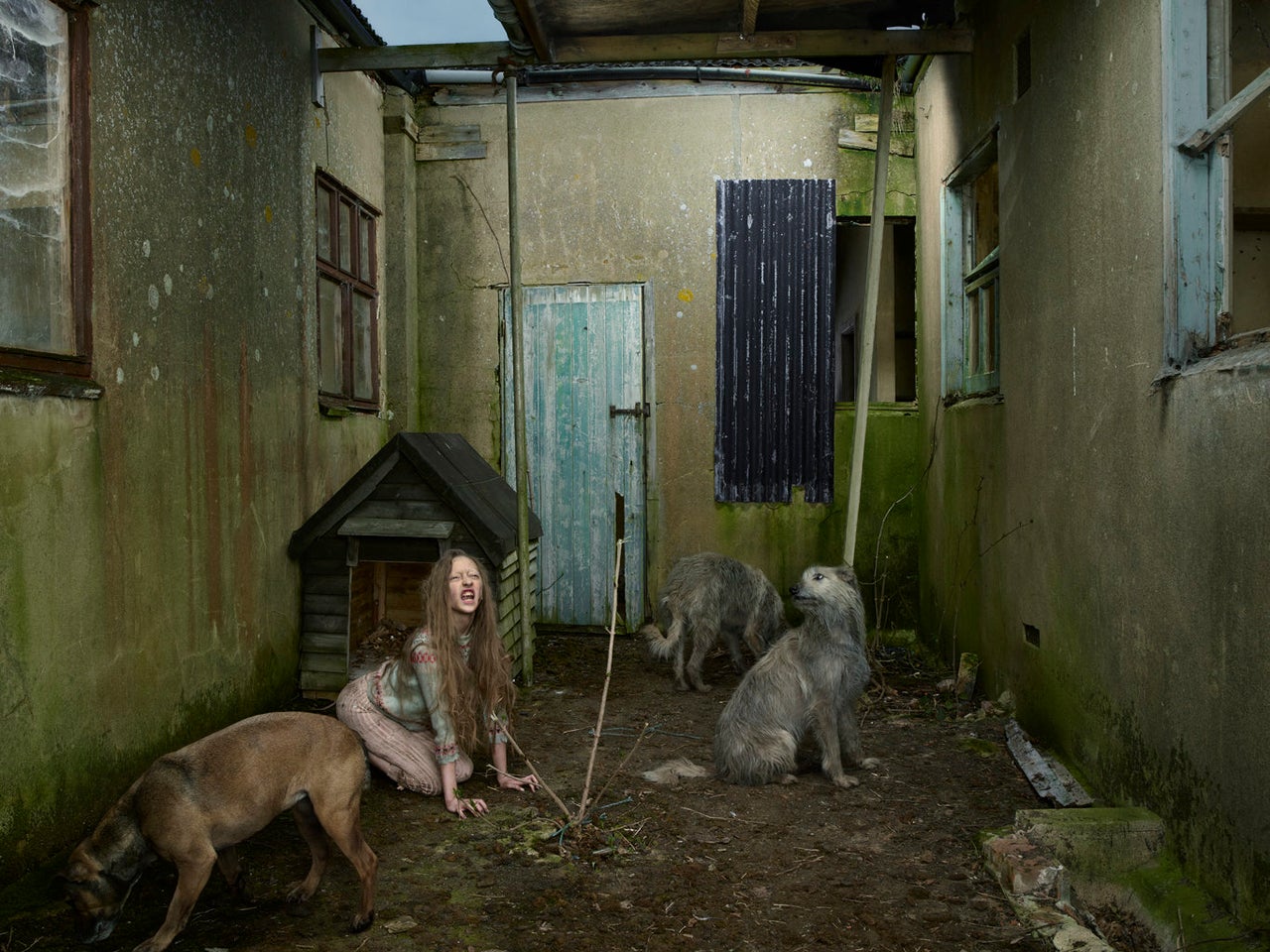
"As a mother of two young boys I was appalled and intrigued in turn the more I learned about these cases," the photographer said. "My initial reactions were to question how parents could lose and especially neglect their child. My maternal instinct went into overdrive when I considered how these babies, toddlers and young people experienced their lives alone or in the company of wild animals.
"I then admired the fortitude they must have shown to survive such isolation and extreme circumstances, weather, hunger, illness. In any of the circumstances that I have read about, it completely overwhelms the boundaries of my comprehension."
Out of this morbid fascination grew inspiration. Fullerton-Batten resolved to recreate the unfathomable scenarios experienced by a variety of mythologized feral children, visualizing what to many is too unusual to even imagine.
After conducting some research of her own, Fullerton-Batten consulted anthropologist and broadcaster Mary-Ann Ochota, who is fluent in the subject. Ochota even met three former feral children, now adults living in Fiji, Uganda and Ukraine. Fullerton-Batten also spoke with Vanessa James, co-author of Marin Chapman’s book.
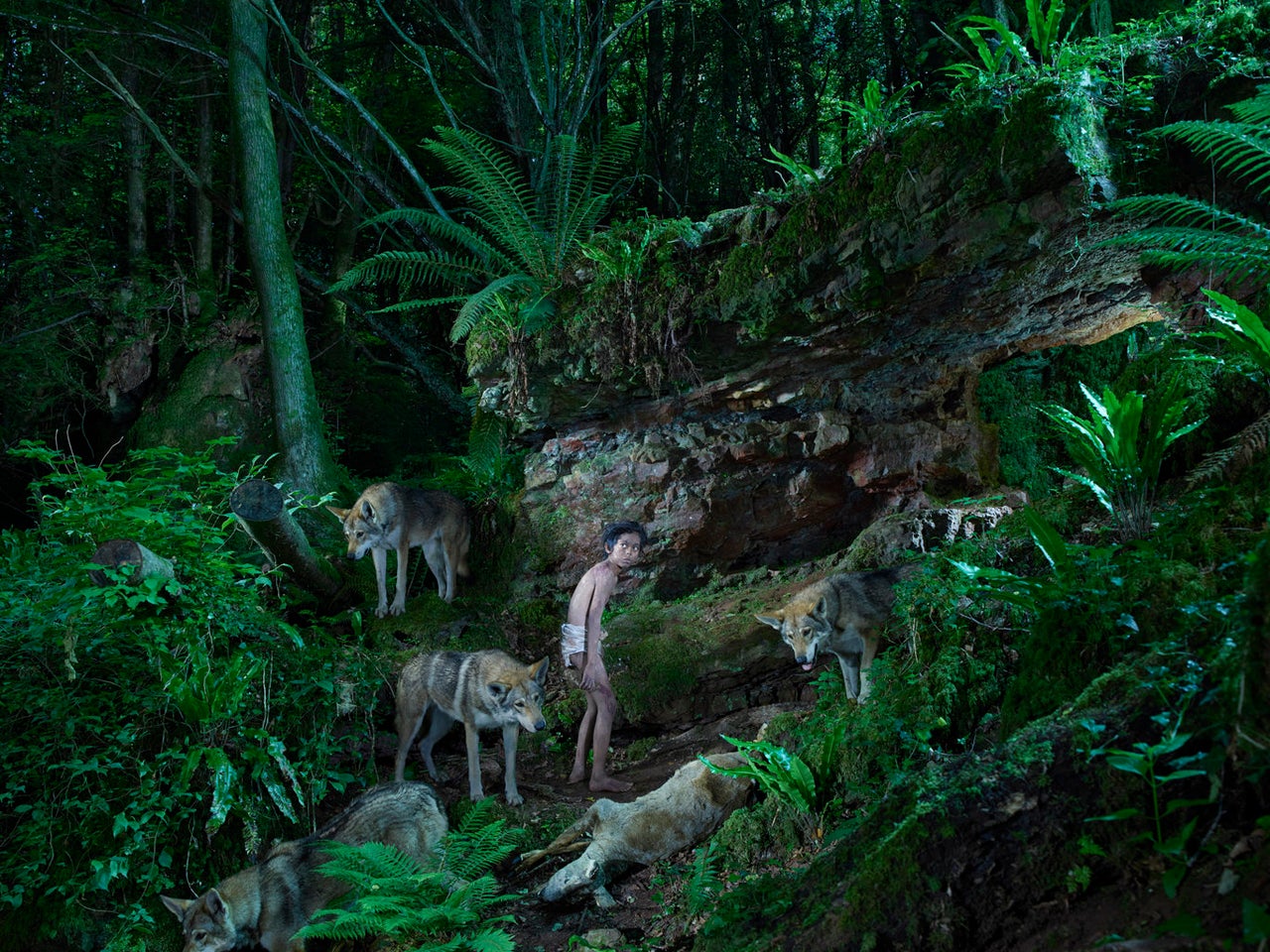
Fullerton-Batten's photographs are meticulously cast and staged, conjuring far out visions of children mingling amongst birds, dogs, monkeys and leopards. "The casting was incredibly important as I needed the children to have great acting abilities but also be the right age, body frame, skin and hair color, and facial characteristics." Sourcing and photographing the live animals was no easy feat either.
"This project is intended to heighten the awareness that such cases have existed in the past and that they can still be occurring somewhere in the world, especially in the light of the world’s current turmoil," Fullerton-Batton explained. The resulting images bring 15 haunting tales to life in excruciating detail, conjuring a flood of emotions ranging from intrigue to fear to pure awe.
The following photographs recreate the most bizarre tales of feral children culled from radically disparate times and places, accompanied by summaries of each story written by the artist. According to legend, most feral children, denied the power of language, think in terms of images instead of words. So it seems fitting to digest their stories in this visual form.
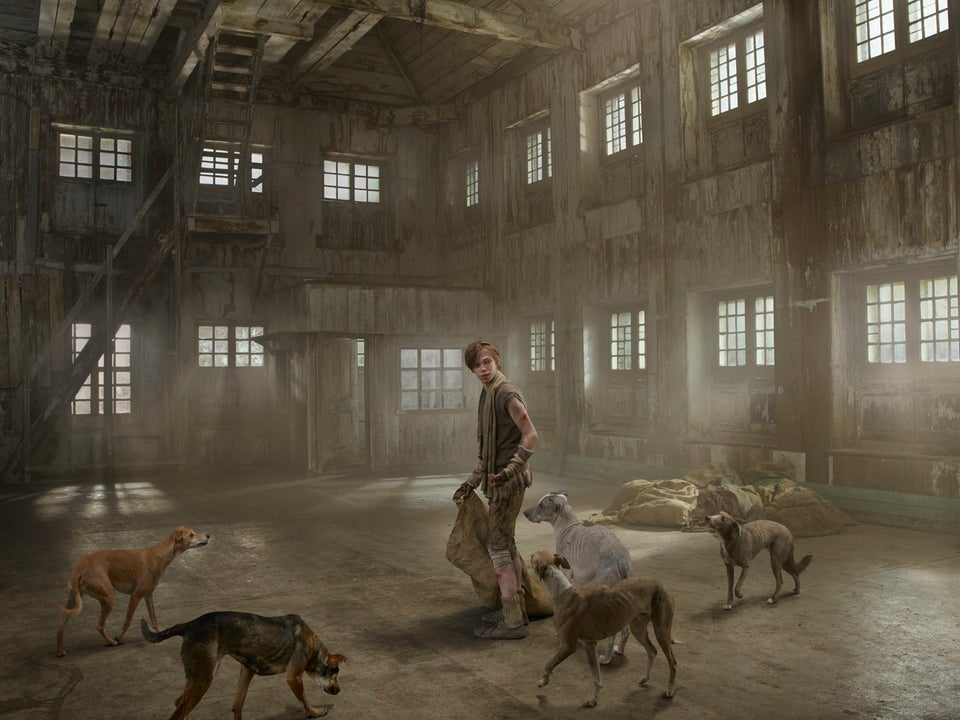
Ivan was abused by his family and ran away when he was only 4 years old. He lived on the streets begging. He developed a relationship with a pack of wild dogs, and shared the food he begged with the dogs. The dogs grew to trust him and eventually he became something of a pack leader. He lived for two years in this way, but he was finally caught and placed in a children’s home. Ivan benefited from his existing language skills that he maintained through begging. This and the fact that he was feral for only a reasonably short time aided his recovery. He now lives a normal life.
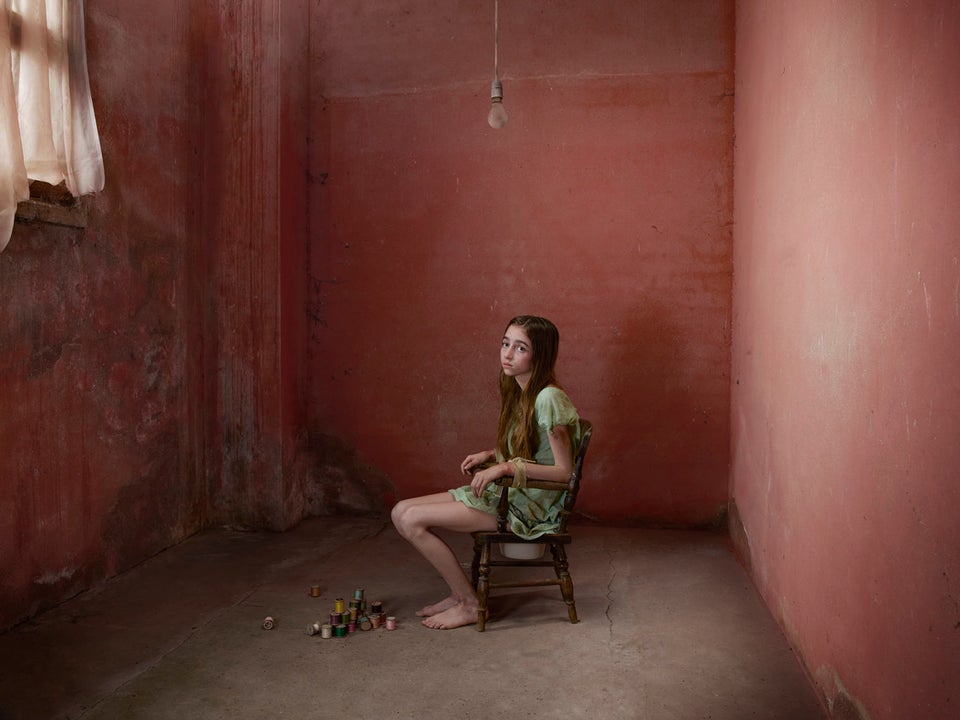
When she was a toddler Genie’s father decided she was mentally disabled and restrained her in a child’s toilet seat in a small room of the house. She lived in solitary confinement for more than 10 years. She even slept in the chair. She was 13 years old in 1970 when she and her mother turned up at child services and a social worker noticed her condition.
She was still not toilet trained and moved with a strange sideways "bunny-walk." She couldn't speak or make any sound and constantly spat and clawed herself. For years she became a research object. She gradually learned to speak a few words but couldn’t arrange them grammatically. She also began to read simple texts, and developed a limited form of social behavior.At one stage, she briefly lived again with her mother, but was then for several years passed through various foster homes experiencing abuse and harassment. She returned to a children’s hospital where it was found that she had regressed back to silence.
Funding for Genie's treatment and research stopped in 1974 and it was not known what happened to her, until a private investigator located her in a private facility for mentally underdeveloped adults.
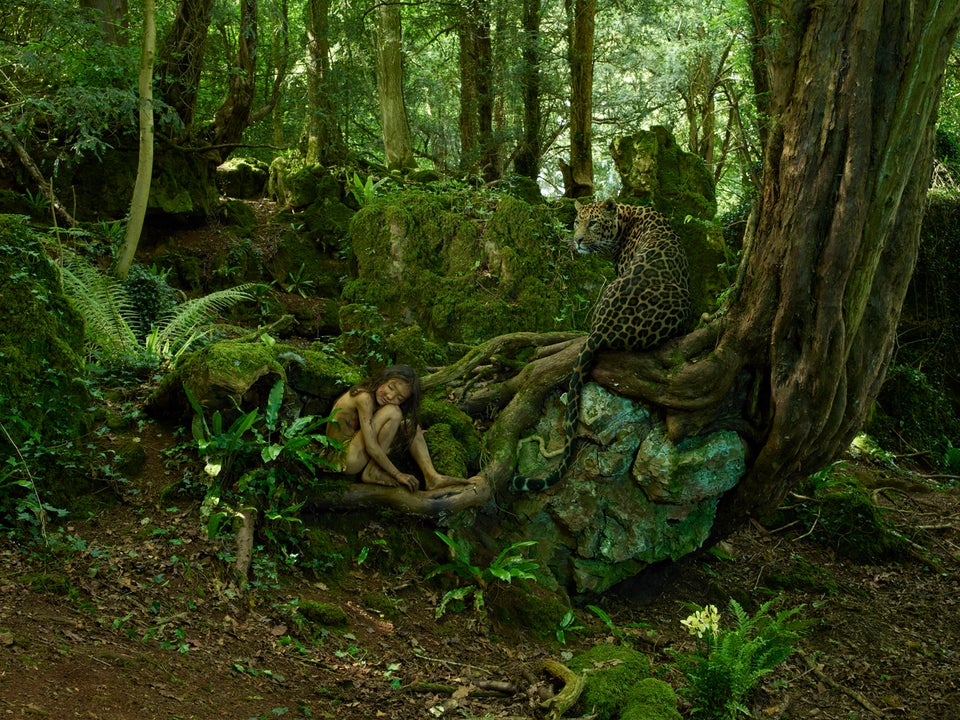
The boy child was 2 years old when he was taken by a leopardess in 1912. Three years later a hunter killed the leopardess and found three cubs, one of which was the now 5-year-old boy. He was returned to his family in the small village in India.
When first caught he would only squat and ran on all fours as fast as an adult man could do upright. His knees were covered with hard callouses, his toes were bent upright almost at right angles to his instep, and his palms, toe- and thumb-pads were covered with a tough, horny skin. He bit and fought with everyone who approached him, and caught and ate the village fowl raw. He could not speak, uttering only grunts and growls.
Later he had learned to speak and walked more upright. Sadly, he became gradually blind from cataracts. However, this was not caused by his experiences in the jungle, but was an illness common in the family.
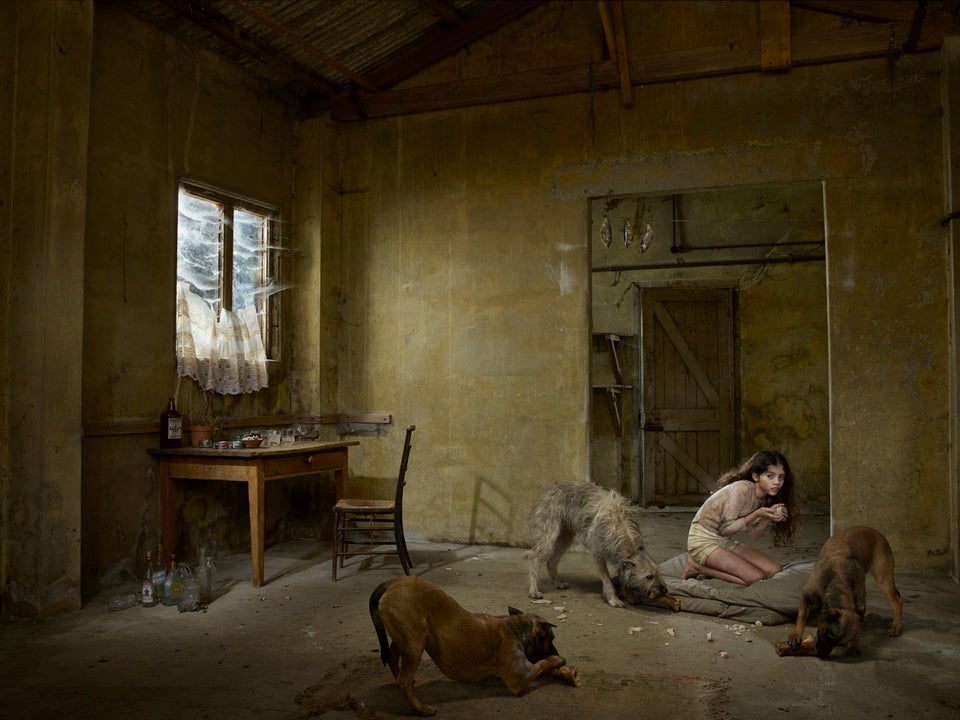
Madina lived with dogs from birth until she was 3 years old, sharing their food, playing with them, and sleeping with them when it was cold in winter. When social workers found her in 2013, she was naked, walking on all fours and growling like a dog. Madina’s father had left soon after her birth. Her mother, 23 years old, took to alcohol. She was frequently too drunk to look after for her child and often disappeared. She would frequently invite local alcoholics to visit the house. Her alcoholic mother would sit at the table to eat while her daughter gnawed bones on the floor with the dogs. Madina would run away to a local playground when her mother got angry, but the other children wouldn’t play with her as she could hardly speak and would fight with everyone. So dogs became her best and only friends. Doctors reported that the Madina was mentally and physically healthy despite her ordeal. There is a good chance that she will have a normal life once she has learned to speak more in line with a child of her age.

Kamala, 8 years old, and Amala, 1 and a half, were found in 1920 in a wolves’ den. It is one of the most famous cases of feral children. Pre-advised, they were found by a Reverend, Joseph Singh, who hid in a tree above the cave where they had been seen. When the wolves left the cave, he saw two figures look out of the cave. The girls were hideous-looking, ran on all fours and didn’t look human. He soon captured the girls. When first caught, the girls slept curled up together, growled, tore off their clothing, ate nothing but raw meat, and howled. Physically deformed, their tendons and the joints in their arms and legs were shortened. They had no interest in interacting with humans. But, their hearing, sight and sense of smell was exceptional. Amala died the following year after their capture. Kamala eventually learned to walk upright and say a few words, but died in 1929 of kidney failure, at 17 years old.
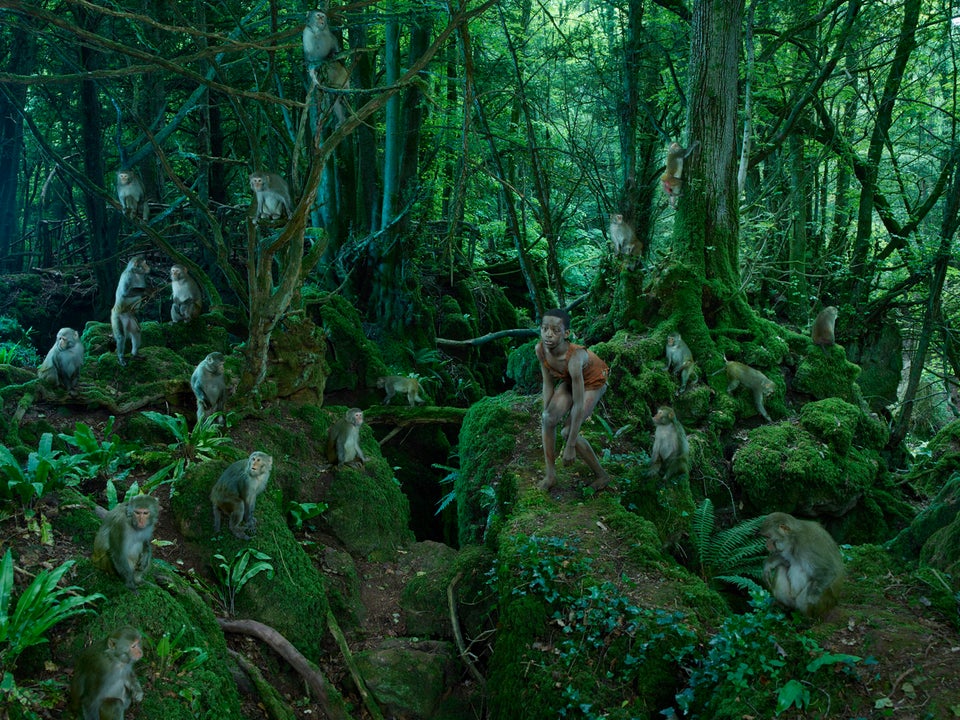
John ran away from home in 1988 when he was 3 years old after seeing his father murder his mother. He fled into the jungle where he lived with monkeys. He was captured in 1991, then about 6 years old, and placed in an orphanage.When he was cleaned up it was found that his entire body was covered in hair. His diet had consisted mainly of roots, nuts, sweet potatoes and cassava and he had developed a severe case of intestinal worms, found to be over half of a meter long. He had calluses on his knees from walking like a monkey. John has learned to speak in human ways. He was found to have a fine singing voice and is famous for singing and touring in the UK with the 20-strong Pearl of Africa children’s choir.
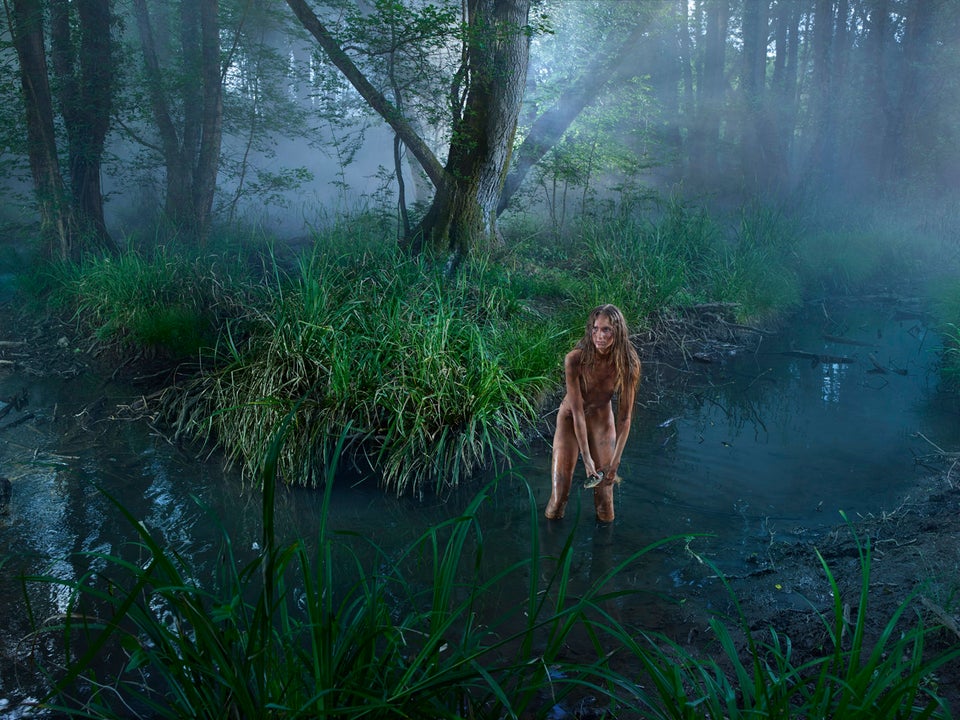
Apart from her childhood, Memmie’s story from the 18th century is surprisingly well-documented. For 10 years, she walked thousands of miles alone through the forests of France. She ate birds, frogs and fish, leaves, branches and roots. Armed with a club, she fought off wild animals, especially wolves. She was captured, aged 19, black-skinned, hairy and with claws.When Memmie knelt down to drink water she made repeated sideways glances, the result of being in a state of constant alertness. She couldn't speak and communicated only with shrieks and squeaks. She skinned rabbits and birds and ate them raw. For years she did not eat cooked food. Her thumbs were malformed as she used them to dig out roots and swing from tree to tree like a monkey. In 1737, the Queen of Poland, mother to the French queen, and on a journey to France, supposedly took Memmie hunting with her, where she still ran fast enough to catch and kill rabbits. Memmie’s recovery from her decadelong experiences in the wild were remarkable. She had a series of rich patrons, learned to read, write and speak French fluently. In 1747 she became a nun for a while, but was hit by a falling window and her patron died soon thereafter. She became ill and destitute but again found a rich patron. In 1755 a Madam Hecquet published her biography. Memmie died financially well-off in Paris in 1775, age 63.
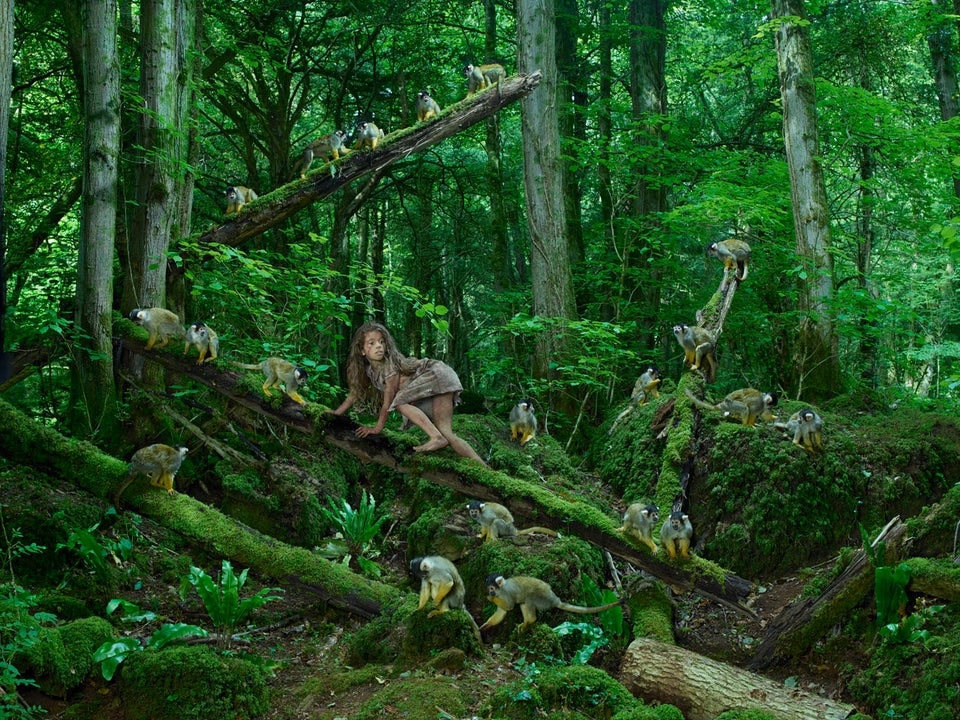
Marina was kidnapped in 1954 at 5 years of age from a remote South American village and left by her kidnappers in the jungle. She lived with a family of small capuchin monkeys for five years before she was discovered by hunters. She ate berries, roots and bananas dropped by the monkeys; slept in holes in trees and walked on all fours, like the monkeys. One time, she got bad food poisoning. An elderly monkey reportedly led her to a pool of water and forced her to drink, she vomited and began to recover. She was befriended by the young monkeys and learned from them to climb trees and what was safe to eat. She would sit in the trees, play, and groom with them. Marina had lost her language completely by the time she was rescued by hunters. She was sold by the hunters into a brothel, escaped and lived as a street urchin. Next she was enslaved by a mafia-style family, before being saved by a neighbor, who sent her to Bogotá to live with her daughter and son-in-law. They adopted Marina alongside their five natural children. When Marina reached her mid-teens, she was offered a job as a housekeeper and nanny by another family member. The family with Marina moved to Bradford, Yorksire, in the U.K. in 1977, where she settled. She married and had children. Marina and her younger daughter, Vanessa James, co-authored a book about her feral experiences, and those afterwards -- The Girl With No Name.
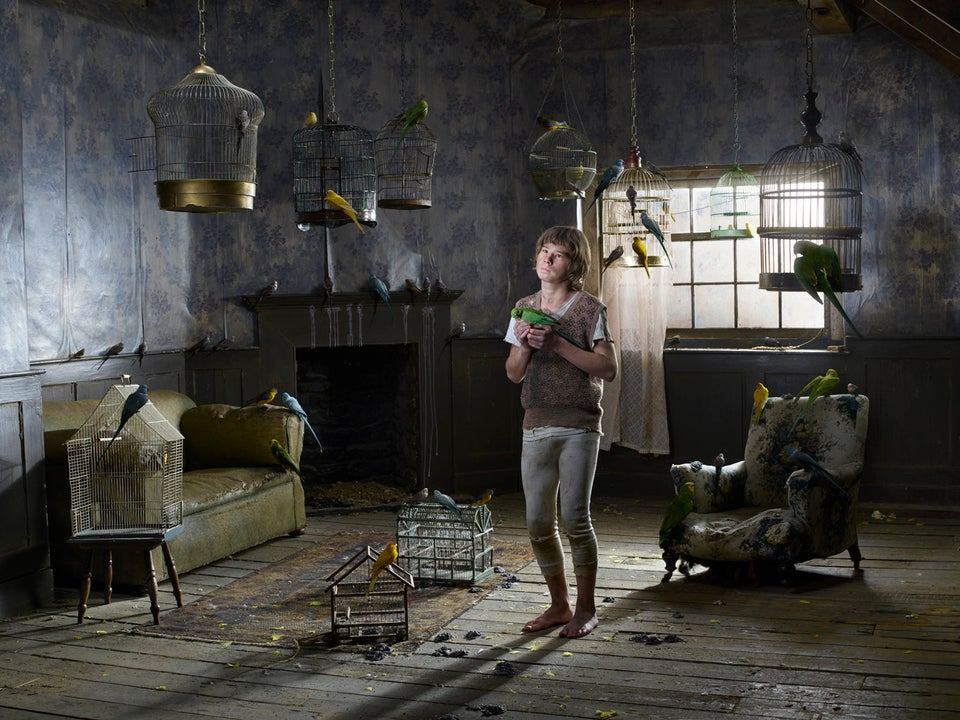
Prava, a 7-year-old boy, was found in a tiny, two-bedroom apartment, living with his 31-year old mother -- but he was confined in a room filled with bird cages, containing dozens of his mother’s pet birds, bird feed and droppings. She treated her son as another pet. He was never physically harmed, she neither beat him nor left him without food, but she never spoke to him. His only communication was with the birds. He could not speak, but chirped. When he wasn’t understood he would wave his arms and hands bird-like. Released into child care by his mother, Prava was moved to a center for psychological care where doctors are trying to rehabilitate him.
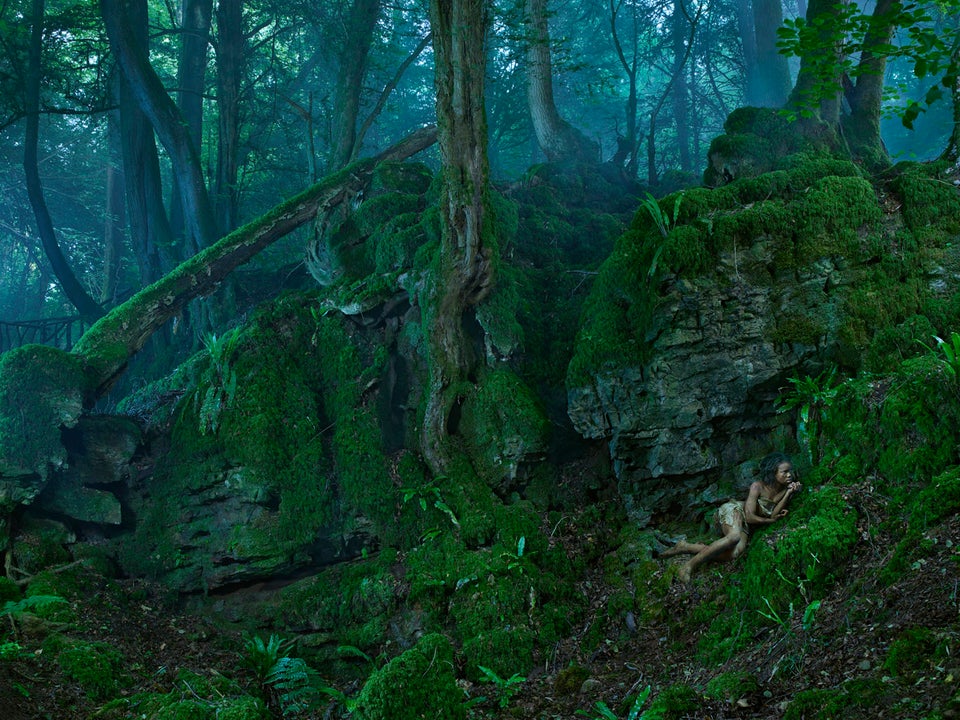
Rochom was a grown woman when she was caught in January of 2007 after stealing food from a villager’s lunch box. A village policeman claimed that she was his 27-year- old daughter -- he recognized a prominent scar on her back -- who, in 1988 at eight years of age, went missing with her 6-year old sister while herding water buffalo. It was assumed that they got lost in the jungle. The sister was never found. When Rochom was captured she was naked, filthy and scarred. She could not talk. If she was thirsty or hungry, she would point at her mouth. She preferred to crawl on all fours rather than walk upright. Rochom had difficulty in adjusting to civilization. In February 2008, she disappeared for a few days but then returned. By July 2008, she could feed, bathe and dress herself but still could not speak. She was hospitalized in October 2009 as she refused to eat. By December that year she was eating again, was generally improving, and had started to understand and use some words of their native language.
On 25 May 2010, Rochom went to take a bath in the well behind their house but did not return. In early June, she was found in a 10-meter deep latrine in the village. She took to living and sleeping in a small chicken coop near the family's home, but would join the family for meals every three or four days. She still could not speak.
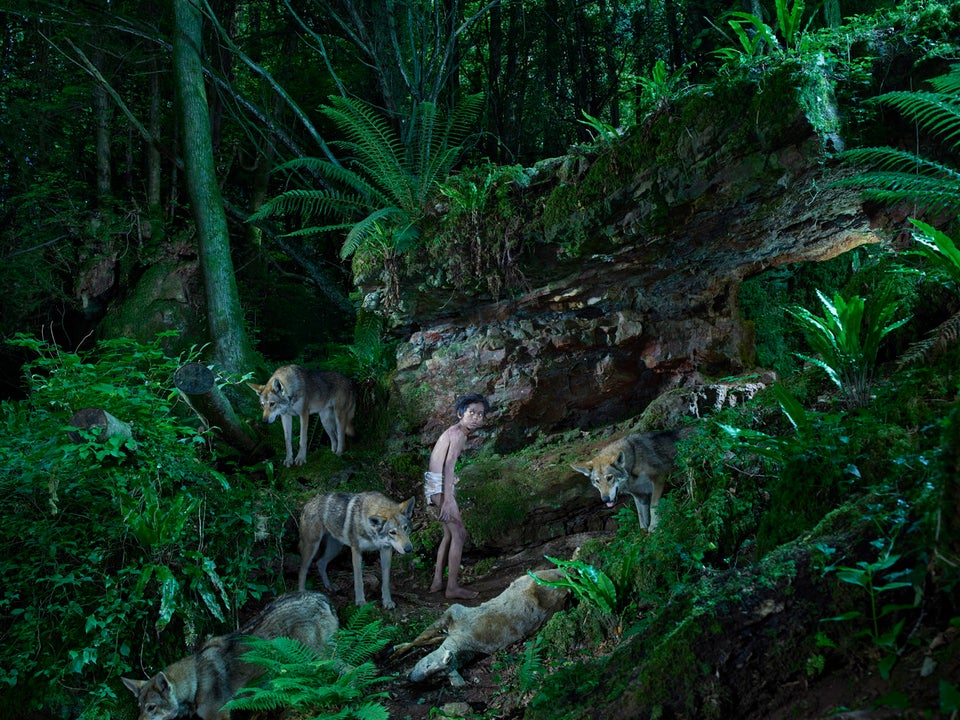
Shamdeo, a boy aged about 4 years old, was discovered in a forest in India in 1972. He was playing with wolf cubs. His skin was very dark, and he had sharpened teeth, long hooked fingernails, matted hair and calluses on his palms, elbows and knees. He was fond of chicken-hunting, would eat earth and had a craving for blood. He bonded with dogs. He was finally weaned off eating raw meat, never talked, but learned some sign language. In 1978 he was admitted to Mother Theresa’s Home for the Destitute and Dying in Lucknow, where he was re-named Pascal. He died in February 1985.
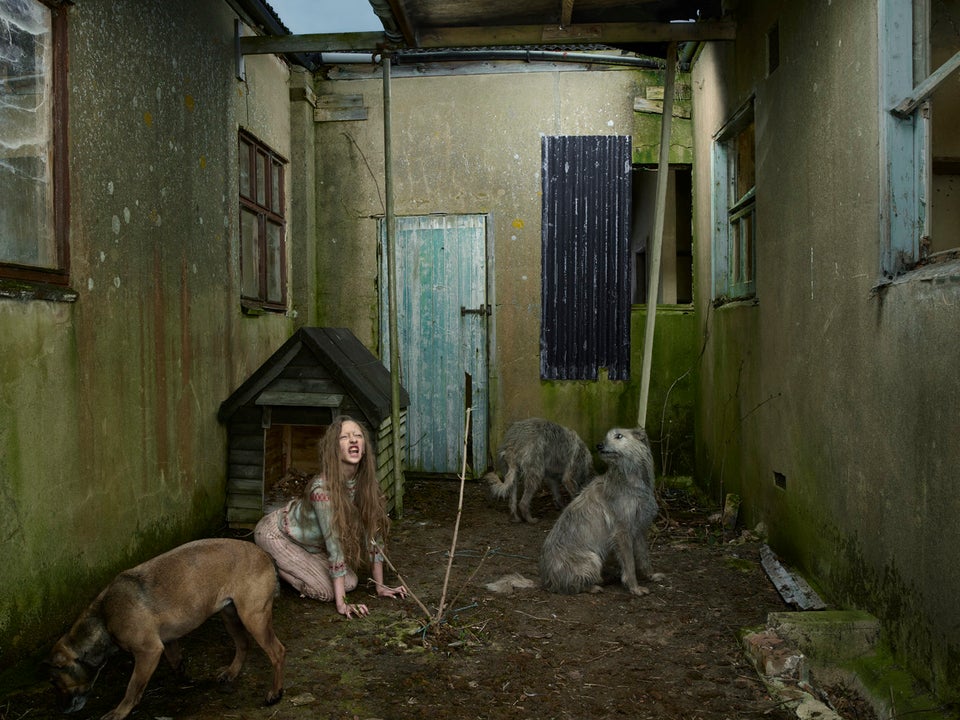
Oxana was found living with dogs in a kennel in 1991. She was 8 years old and had lived with the dogs for six years. Her parents were alcoholics and one night, they had left her outside. Looking for warmth, the 3-year-old crawled into the farm kennel and curled up with the mongrel dogs, an act that probably saved her life. When discovered, she behaved more like a dog than a human child. She ran on all fours, panted with her tongue out, bared her teeth and barked. Because of her lack of human interaction, she only knew the words “yes” and “no.” Intensive therapy aided Oxana to learn basic social and verbal skills, but only with the ability of a 5-year-old. Now 30 years old, she now lives in a clinic in Odessa and works with the hospital’s farm animals under the supervision of her carers.
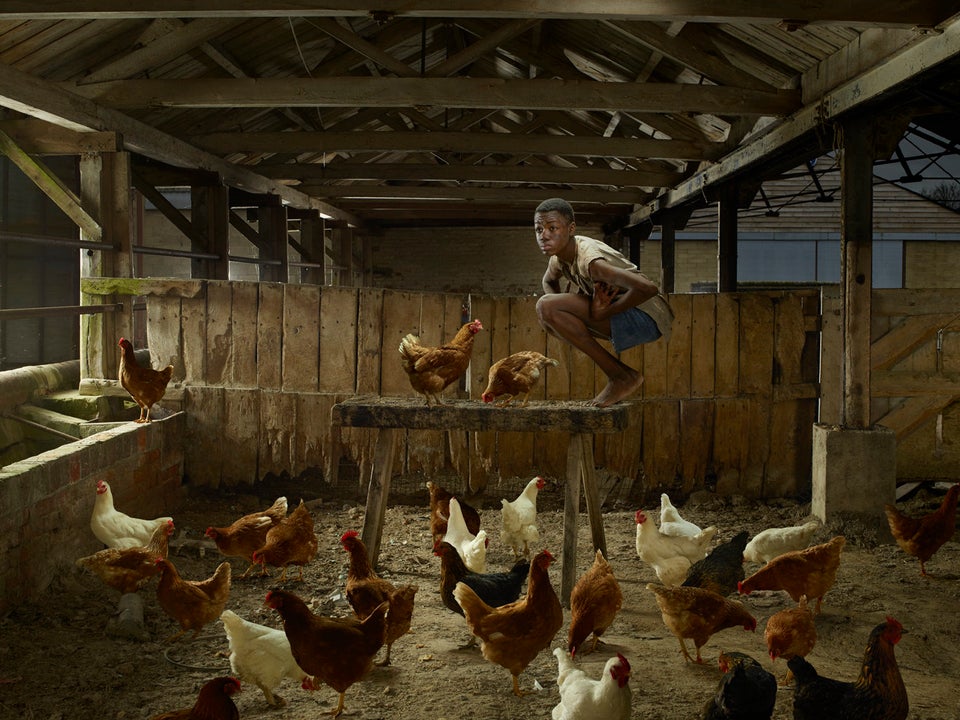
Sujit exhibited dysfunctional behaviour as a child. His parents locked him in a chicken coop. His mother committed suicide and his father was murdered. His grandfather took responsibility for him but still kept him confined in the chicken coop. He was 8 years old when he was found in the middle of a road, clucking and flapping. He pecked at his food, crouched on a chair as if roosting, and would make rapid clicking noises with his tongue. His fingers were turned inward. He was taken to an old people’s home by care workers, but there, because he was so aggressive, he was tied with bed sheets to his bed for over 20 years. Now he is over 30 years old and is cared for by Elizabeth Clayton, who rescued him from the home.
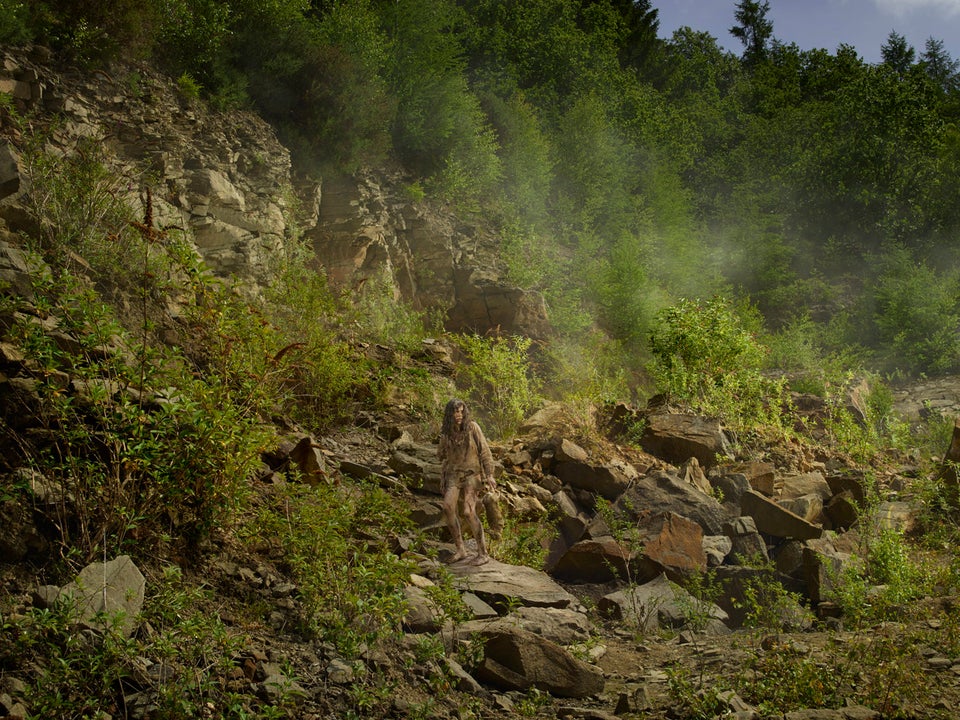
This is a historical but surprisingly well-documented case of a feral child, as he was very much researched at the time to attempt to find the derivation of language. Victor was seen at the end of the 18th century in the woods of Saint Sernin sur Rance, in the south of France and captured but somehow escaped. In January 8, 1800, he was caught again. He was about 12 years old, his body covered in scars and unable to speak a word. Once the news of his capture spread, many came forward wanting to examine him. Little is known about the background of his time as a feral child, but it is believed that he spent seven years in the wild. A biology professor examined Victor’s resistance to cold by sending him naked outside in the snow. Victor showed no effect of the cold temperature on him whatsoever. Others tried to teach him to speak and behave ‘normally,’ but made no progress. He was probably able to talk and hear earlier in his life, but he was never able to do so after returning from the wild. Eventually he was taken to an institution in Paris and died at the age of 40.
Correction: An earlier edition of this article falsely claimed that Lobo Wolf Girl was suckling goat kids when in fact it was, according to myth, wolf cubs. We regret the error.
Also on HuffPost:
